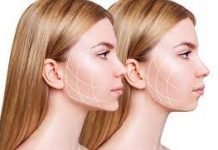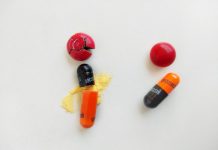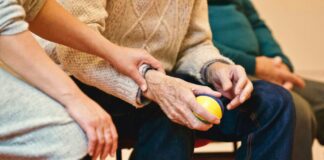Personal Protective Equipment or PPE is a broad term that includes all items that can protect one from health and safety risks. These include xray lead aprons, masks, helmets, glasses, high-visibility clothing, gloves, hazmat suits, etc. While most people associate helmets and visibility vests with members of a construction crew, it is only one application.
PPE is used to combat both medical and physical dangers, so a surgical mask worn by a doctor is also a part of PPE. These days, due to the advent of coronavirus, PPE is also getting the attention of the general public.
Source: https://pixabay.com/photos/face-mask-covid-19-epidemic-4986596/
How PPE Protects Against Coronavirus?
Ever since the first case of Coronavirus was registered earlier this year, experts all over the world have been studying the virus to learn how it spreads and how to fight it. So far, it has been found that it travels via the droplets of an infected person. So if a healthy person came in contact with the cough or sneeze of a patient, they would also contract the virus.
Another troubling discovery is that most patients are asymptomatic for some time, i.e. they have the virus but don’t show any symptoms. This makes the situation a little tricky because now we don’t know who to avoid and how. The solution, presented by the CDC and medical experts is to practice social distancing and wear face masks.
Masks
Wearing a mask will protect from coronavirus because it will ensure that the infected person’s droplets don’t reach our mouth and infect us. While the first priority should be to avoid going out altogether, if one has to, they should wear a mask. It is important to make sure that the mask you are using comes from a trusted personal protective equipment manufacturer.
Gloves
Another part of PPE that is important is gloves. According to the CDC guidelines about gloves, you don’t have to wear them all the time but you need to know the situations in which you must. Remember these guidelines only apply to the general public, if you are a healthcare worker, you should follow the instructions provided at your workplace.
While Cleaning and Disinfecting
Coronavirus can survive for long on many surfaces. For example, it can live on metallic surfaces like doorknobs for more than 5 days. For wooden items, like furniture, the time limit is around 4 days. This means all surfaces must be regularly cleaned and sterilized to make sure you don’t get infected even if your house came in contact with the virus.
Care must be taken while cleaning because if the virus is present, there is a chance you will touch it while trying to get rid of it. This is why you must wear disposable gloves while cleaning.
While Handling A Patient
If someone in your family has tested positive for the virus, they should isolate themselves and you should limit contact with them. But it is not entirely possible to never be in touch with them as they might need to be taken care of and helped. If you have to assist a patient make sure to wear nonsterile disposable patient examination gloves as they will ensure the virus does not come in contact with your hands.
Make sure you have a full pack of disposable gloves so you can use a new pair every time. Never take off your gloves very quickly as that might cause droplets to fly off, slowly remove them and throw them in a dustbin that is covered.
Gowns
PPE is not just for people who are trying their best to avoid the virus. It is also for patients of coronavirus to make sure they do not infect any other people. You might have seen people who are admitted in isolation wards at hospitals wearing blue gowns. Those gowns are nonsterile, disposable patient isolation gowns that ensure nothing from the patient’s body enters the environment.
Some hospitals use non-sterile coveralls for this purpose. The difference between coveralls and gowns is that coveralls are more difficult to put on and off but provide 360-degree coverage. While gowns are open from the back and easier to use. The choice is made based on personal preference.
Conclusion
Depending on your situation, no matter which PPE you are using, you must not forget how important it is to wash your hands before and after wearing the PPE. If you touch a mask with an infected hand, it cannot help you any further. Similarly, if your gloves touched the droplets of an infected person and you touched the gloves to remove them, you have the virus on your hands now. Soap and water will easily get rid of it but you need to turn to the sink as soon as you take off your gloves. Another important thing is that you should try to leave the N-95 masks for healthcare workers and DIY your masks if you have to.










![Daily Bite [Make]: Philly Cheesesteak Stuffed Bell Peppers](https://dashofwellness.com/wp-content/uploads/2013/01/Philly-Cheesesteak-Stuffed-Pepper-Daily-Bite-1-100x70.png)
